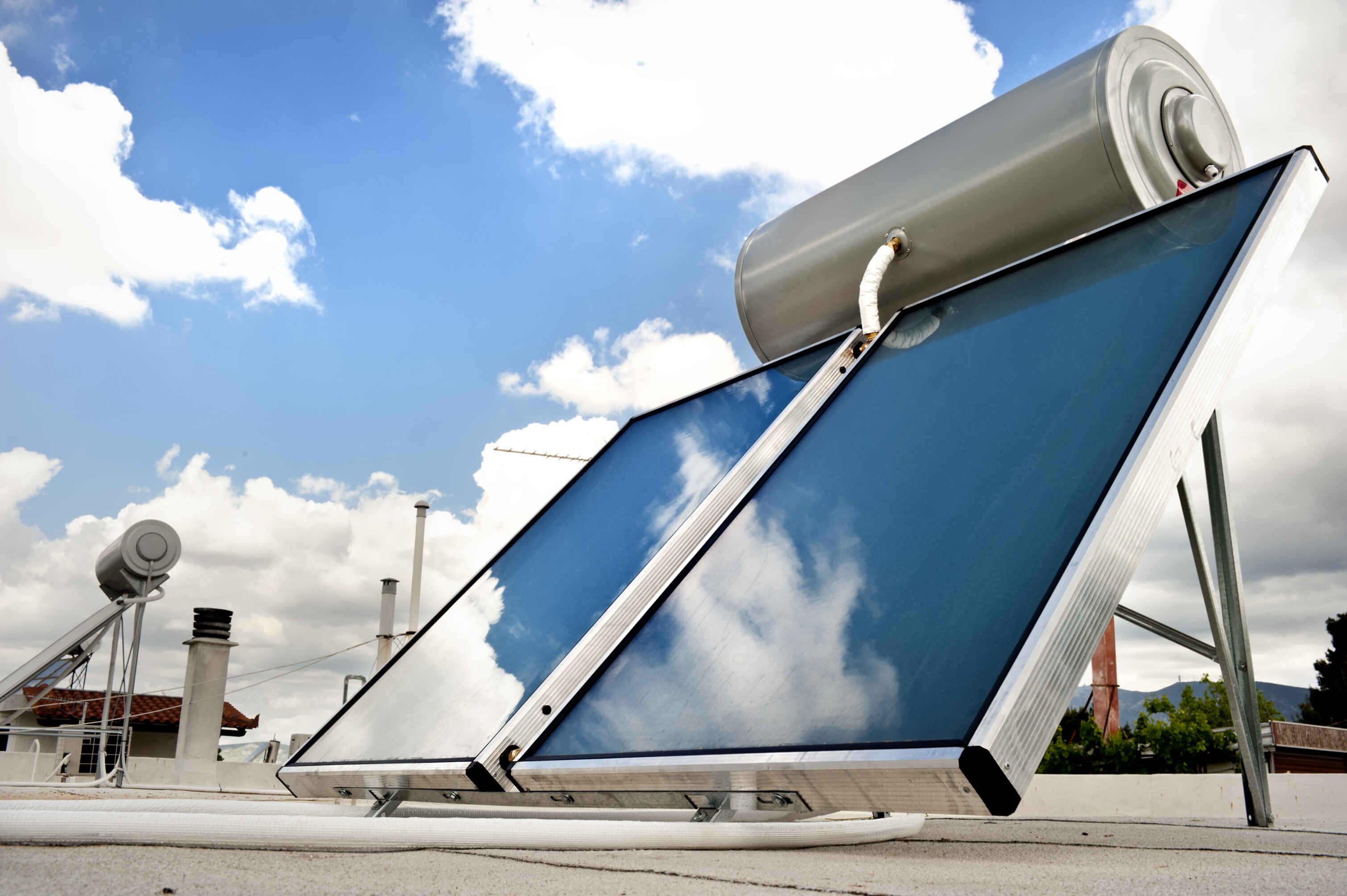

Articles
How Does A Solar Water Heater Work
Modified: December 7, 2023
Discover how solar water heaters work and the benefits they provide to your home. Read informative articles about solar water heaters and how they can reduce your energy costs.
(Many of the links in this article redirect to a specific reviewed product. Your purchase of these products through affiliate links helps to generate commission for Storables.com, at no extra cost. Learn more)
Introduction
A solar water heater is an innovative and eco-friendly solution that harnesses the power of the sun to provide hot water for various household needs. With the rising popularity of renewable energy sources, solar water heaters have become a popular choice for homeowners seeking to reduce their carbon footprint and lower their energy costs. In this article, we will explore how solar water heaters work, the basic components involved, their advantages and limitations, and the importance of regular maintenance.
Traditional water heaters rely on electricity or gas to heat water, which can contribute to high energy bills and fossil fuel consumption. However, solar water heaters utilize solar energy to heat water, making them an environmentally friendly and cost-effective alternative. The process of capturing and converting solar energy into hot water involves several key components that work together seamlessly.
By understanding how these components function and the overall operation of a solar water heater, homeowners can make informed decisions about whether this technology is a suitable option for their specific needs and circumstances.
Before delving into the intricacies of a solar water heater, it is important to note the basic components that make up this system. These components include the solar collector, heat transfer mechanism, storage tank, plumbing, and controls.
Key Takeaways:
- Solar water heaters harness the sun’s energy to provide hot water, reducing energy costs and carbon emissions. Understanding their components and maintenance ensures long-term efficiency and sustainability.
- While solar water heaters offer eco-friendly advantages, they depend on sunlight and require proper maintenance. Government incentives and long-term savings make them a compelling choice for environmentally conscious homeowners.
Read more: How Does A Water Heater Work
Basic Components of a Solar Water Heater
A solar water heater consists of several key components that work together to efficiently heat and distribute hot water. Understanding these components is crucial to grasp the functioning of a solar water heater. Let’s explore each of these components in detail:
- Solar Collector: The solar collector is the heart of a solar water heater system. It is responsible for capturing sunlight and converting it into heat energy. The most common type of solar collector used in residential applications is the flat-plate collector. It consists of a dark-colored, heat-absorbing plate with tubes or channels embedded in it. These tubes contain a heat transfer fluid, usually a mixture of water and antifreeze. As sunlight hits the collector, the absorbed heat is transferred to the fluid, increasing its temperature.
- Heat Transfer Mechanism: The heat transfer mechanism plays a vital role in transferring the heat collected by the solar collector to the water. In a passive solar water heating system, water flows through the collector by natural convection, relying on the density difference between cold and hot water. In an active solar water heating system, a pump is used to circulate the heat transfer fluid between the collector and a heat exchanger. The heat exchanger transfers the heat from the fluid to the water in the storage tank.
- Storage Tank: The storage tank is where the heated water is stored for later use. It is usually an insulated tank that can hold a significant amount of hot water. The tank is equipped with inlet and outlet pipes to allow the flow of water in and out. To prevent heat loss, the storage tank is well-insulated to maintain the water temperature for extended periods. Some advanced systems even come with dual tanks to ensure a continuous supply of hot water, even on cloudy days.
- Plumbing and Controls: Proper plumbing is essential for the efficient distribution of hot water throughout the building. The plumbing system connects the solar water heater to the existing plumbing infrastructure in the house, allowing hot water to be distributed to the desired faucets and fixtures. Additionally, the system is equipped with controls, such as temperature sensors and thermostats, that help regulate the water temperature and ensure optimal energy efficiency.
These are the basic components that make up a solar water heater system. Each component plays a crucial role in harnessing the power of the sun and converting it into usable hot water. In the next sections, we will delve deeper into the functioning of these components and how they work together to deliver hot water to your household.
Solar Collector
The solar collector is a fundamental component of a solar water heater system. Its primary function is to capture sunlight and convert it into usable heat energy. There are different types of solar collectors, but the most commonly used in residential applications is the flat-plate collector.
The flat-plate collector consists of a dark-colored, heat-absorbing plate that is covered by a transparent cover or glazing. The plate is usually made of materials with high thermal conductivity, such as copper or aluminum, to efficiently transfer heat to the fluid inside the collector.
Underneath the plate, there are tubes or channels that are designed to carry a heat transfer fluid, which is typically a mixture of water and antifreeze. As sunlight strikes the collector, the heat-absorbing plate heats up, transferring the heat to the fluid circulating through the tubes. This process is known as the heat transfer mechanism.
The glazing covering the collector is usually made of tempered glass or a high-transparency polymer material. The purpose of the glazing is to allow sunlight to enter the collector while minimizing heat loss. The glazing creates a greenhouse effect, trapping the heat inside the collector and preventing it from escaping into the surrounding environment.
Solar collectors are typically mounted on rooftops or on an open area with maximum sun exposure. The orientation and tilt angle of the collector are crucial factors that determine its effectiveness. In most cases, collectors are oriented to face south in the Northern Hemisphere and north in the Southern Hemisphere to maximize solar radiation absorption.
To optimize the performance of a solar collector, it is essential to ensure that it is kept clean and free from obstructions that could hinder sunlight absorption. Regular maintenance, such as cleaning the glazing and inspecting the fluid circulation system, can help maintain the efficiency of the collector over time.
Overall, the solar collector is the key component responsible for harnessing the sun’s energy and converting it into heat. Its efficiency and effectiveness play a crucial role in the overall performance of a solar water heater system. Understanding the functionality of the collector allows homeowners to make informed decisions when installing and maintaining their solar water heating systems.
Heat Transfer Mechanism
The heat transfer mechanism is a critical element in a solar water heater system that facilitates the efficient transfer of heat from the solar collector to the water. There are two main types of heat transfer mechanisms used in solar water heaters: passive and active systems.
Passive Systems: In a passive solar water heating system, the heat transfer occurs through natural convection. This means that the heated water naturally rises due to its reduced density and is replaced by colder water flowing into the collector. This process is known as thermosiphoning. The difference in temperature and density drives the circulation of water without the need for any external pumps or controls. Passive systems are relatively simpler and more affordable, making them a popular choice for residential applications.
Active Systems: Active solar water heating systems utilize pumps to circulate the heat transfer fluid between the solar collector and a heat exchanger. The heat transfer fluid, which is often a mixture of water and antifreeze, absorbs the heat energy from the collector and carries it to the heat exchanger. The heat exchanger transfers the heat from the fluid to the water stored in the storage tank. The circulation of the fluid is controlled by a pump, which helps ensure efficient heat transfer and distribution. Active systems can provide better control over the heating process and are suitable for larger or more complex installations.
Regardless of the type of heat transfer mechanism, it is important to consider system design and sizing to optimize the efficiency of heat transfer. Factors such as the length and diameter of the pipes, the flow rate of the heat transfer fluid, and the temperature differential all influence the effectiveness of heat transfer.
In addition to the heat transfer fluid, another crucial element of the heat transfer mechanism is the heat exchanger. The heat exchanger allows the transfer of heat from the fluid to the water in the storage tank without mixing them. This separation ensures that the water in the storage tank remains clean and uncontaminated while efficiently absorbing the heat energy.
Proper sizing, regular maintenance, and monitoring of the heat transfer mechanism are essential to ensure optimal heat transfer efficiency. Any issues such as leaks, blockages, or inadequate flow can significantly affect the performance of the solar water heater system.
Understanding the heat transfer mechanism in a solar water heater system allows homeowners to make informed choices about the system design and operation. By maximizing heat transfer efficiency, solar water heaters can provide a reliable and cost-effective solution for supplying hot water for various household needs while reducing reliance on traditional heating methods.
Storage Tank
The storage tank is a crucial component of a solar water heater system as it stores the heated water for later use. The storage tank ensures a constant supply of hot water, even during periods of low solar radiation or high hot water demand.
Typically, a storage tank for a solar water heater is an insulated vessel that can hold a significant amount of water. The tank is designed to minimize heat loss to the surroundings, allowing the stored water to retain its temperature for extended periods. Insulation materials such as fiberglass, foam, or polyurethane are used to line the tank and reduce heat loss.
When hot water is not immediately used, it remains in the storage tank until it is required. The incoming cold water enters the tank through an inlet pipe, displacing the stored hot water and forcing it to exit through an outlet pipe. This process ensures that a continuous supply of hot water is available.
Some advanced solar water heater systems use dual tanks to optimize hot water availability. In this setup, one tank is dedicated to storing preheated water from the solar collector, while the other tank stores supplemental hot water from an auxiliary heating source, such as a backup electric heating element or a gas burner. This configuration ensures a constant and reliable supply of hot water, even during extended periods of low solar radiation or high hot water demand.
It is important to note that the size of the storage tank should be chosen carefully to match the household’s hot water consumption. An undersized tank may result in insufficient hot water while an oversized tank may lead to unnecessary energy loss. Proper sizing takes into account the number of occupants in the household, their hot water usage patterns, and the expected solar radiation in the area.
Regular maintenance of the storage tank is essential to ensure its longevity and optimal performance. This includes inspecting for leaks, checking the insulation, and flushing out sediment that may accumulate over time. Additionally, monitoring the temperature settings and adjusting them based on seasonal changes can help maintain efficiency and prevent excessive energy consumption.
The storage tank is a key element in a solar water heater system, ensuring a steady supply of hot water while reducing reliance on traditional heating methods. By choosing the right size and performing regular maintenance, homeowners can maximize the benefits of their solar water heating system and enjoy an efficient and eco-friendly source of hot water.
Read more: How Does Tankless Water Heater Work
Plumbing and Controls
The plumbing and controls of a solar water heater system play a crucial role in the efficient distribution of hot water throughout a building. Proper plumbing ensures that hot water is delivered to the desired faucets and fixtures, while controls help regulate the temperature and optimize energy efficiency.
The plumbing system connects the solar water heating system to the existing plumbing infrastructure in the house. It consists of pipes, valves, and fittings that allow the flow of water to and from the solar collector and storage tank. The pipes used for the plumbing system should be suitable for hot water applications and adequately insulated to minimize heat loss.
In an active solar water heating system, a pump is used to circulate the heat transfer fluid between the solar collector and the heat exchanger. The pump is controlled by a controller or timer, ensuring that the fluid is circulated when there is sufficient solar radiation to provide heat. This helps optimize energy usage and prevent unnecessary circulation during periods of low sunlight.
The controller also monitors the temperature of the heat transfer fluid and the water in the storage tank. It ensures that the temperature is within a desired range, preventing overheating or excessive energy consumption. Some advanced controllers even have programmable features that allow homeowners to customize temperature settings and operating schedules based on their specific needs.
Temperature sensors and thermostats are key components of the control system. They provide accurate measurements of the fluid and water temperatures, allowing the controller to make informed decisions about when to activate the pump or auxiliary heating elements, if present. These sensors and thermostats are strategically placed at key points in the plumbing system to gather precise temperature readings.
Regular maintenance of the plumbing and control system is essential to ensure optimal performance. This includes checking for leaks, insulating exposed pipes, and cleaning or replacing sensors and thermostats as needed. It is also important to monitor the control system periodically to ensure it is functioning properly and making the appropriate adjustments based on temperature readings.
By having a well-designed plumbing system and reliable control mechanism, homeowners can enjoy the convenience of hot water on demand while maximizing energy efficiency. The plumbing and controls of a solar water heater system work together to ensure a seamless and reliable supply of hot water, making it an eco-friendly and cost-effective solution for households.
Regular maintenance of a solar water heater is essential for optimal performance. This includes checking for leaks, cleaning the panels, and ensuring proper insulation.
Operation and Maintenance
Proper operation and regular maintenance are essential for maximizing the performance and longevity of a solar water heater system. By following a few key guidelines, homeowners can ensure optimal operation and minimize the risk of issues or breakdowns.
During normal operation, the solar collector absorbs sunlight and transfers the heat to the heat transfer fluid. This heated fluid then transfers the heat to the water in the storage tank, providing hot water for household use. To ensure efficient operation, it is important to position and orient the solar collector correctly. It should be installed in an area with maximum exposure to sunlight, typically facing south in the Northern Hemisphere or north in the Southern Hemisphere. Any shading from nearby trees or buildings should be minimized to maximize solar radiation absorption.
Regular monitoring of the system’s performance is essential. This includes observing the temperature readings on the controller, checking for any leaks or unusual noises, and inspecting the pipes and connections for any signs of damage or degradation. Any issues should be addressed promptly to prevent further damage or inefficiency.
Keeping the solar collector and glazing clean is crucial to maintain its optimal performance. Dirt, dust, or debris can block sunlight from reaching the collector’s surface, reducing its heat absorption capacity. Cleaning the glazing at least once a year using a mild detergent and a soft brush will help remove any accumulated residue and ensure clear sunlight transmission.
Flushing the solar water heater system at regular intervals is recommended to remove any sediment or mineral buildup that can affect heat transfer efficiency. This can be done by draining a portion of the water from the storage tank and allowing fresh water to fill it. Consult the manufacturer’s guidelines or seek professional assistance for specific instructions on flushing procedures.
Checking the insulation of the storage tank and plumbing is important to minimize heat loss. Inspect the insulation regularly, looking for signs of wear or damage. Reinforce or replace any deteriorated insulation to maintain the efficiency of the system. Additionally, insulate any exposed pipes to prevent heat loss during distribution.
Annual maintenance by a professional, especially before the start of winter or periods of low solar radiation, is recommended to ensure optimal performance. This includes inspecting and cleaning all components, testing the controls and sensors, checking for leaks, and confirming the system’s integrity. A professional technician can also provide valuable advice on system optimization and address any specific concerns or issues.
By following these operation and maintenance practices, homeowners can enjoy a reliable and energy-efficient solar water heater system. Regular monitoring, cleaning, and professional servicing will not only prolong the lifespan of the system but also ensure a consistent supply of hot water for household needs.
Advantages and Limitations of Solar Water Heaters
Solar water heaters offer numerous advantages as an environmentally friendly and cost-effective solution for hot water production. However, it is important to be aware of their limitations. Let’s explore the advantages and limitations of solar water heaters:
Advantages:
- Reduced Energy Costs: Solar water heaters utilize the sun’s energy, which is free and abundant. By relying on solar power, homeowners can significantly reduce their energy bills compared to traditional water heating methods.
- Eco-Friendly: Solar water heaters produce hot water without emitting greenhouse gases or contributing to air pollution. They help reduce carbon footprints and minimize reliance on fossil fuels.
- Renewable Energy Source: Solar energy is a renewable resource, ensuring a long-term and sustainable hot water solution. It is not subject to price fluctuations or depletion like fossil fuels.
- Long Lifespan: Solar water heaters are built to last, with a lifespan of 20-30 years or more. With proper maintenance, they can provide consistent hot water for many years, resulting in long-term savings.
- Government Incentives: Many governments offer incentives and rebates for installing solar water heaters, making them more affordable for homeowners. These incentives can further reduce the upfront costs of the system.
- Energy Independence: By utilizing solar energy, homeowners are less reliant on external energy sources, providing a sense of energy independence and resilience during power outages or interruptions.
Read more: How To Build A Solar Water Heater
Limitations:
- Dependence on Sunlight: The effectiveness of a solar water heater relies primarily on the availability of sunlight. In regions with minimal sun exposure, especially during winter or cloudy days, the system’s performance may be reduced.
- Upfront Costs: While solar water heaters offer long-term savings, the initial investment can be higher compared to traditional water heaters. However, the cost can be offset by government incentives and long-term energy savings.
- Space Requirements: Solar water heaters require ample roof space or a dedicated area for installation. Depending on the system’s size, homeowners should ensure they have enough space to accommodate the solar collector and storage tank.
- Backup Heating: In situations when there is insufficient solar energy to meet the hot water demand, such as prolonged periods of bad weather, a backup heating source may be required. This can add to the overall cost of the system.
- Maintenance: Proper maintenance is crucial for the optimal performance of a solar water heater. Regular inspections, cleanings, and professional servicing may be required to ensure efficient operation.
Despite these limitations, solar water heaters offer significant advantages in terms of energy savings, environmental impact, and long-term value. Understanding the limitations and taking appropriate measures can help homeowners make informed decisions about whether a solar water heater is the right choice for their specific needs and circumstances.
Conclusion
Solar water heaters provide an environmentally friendly and cost-effective solution for generating hot water. By harnessing the power of the sun, these systems not only reduce energy costs but also help minimize carbon emissions and dependence on fossil fuels. Understanding the basic components and operation of a solar water heater system allows homeowners to make informed decisions and maximize the benefits of this sustainable technology.
The solar collector is the heart of the system, capturing sunlight and converting it into heat energy. The heat transfer mechanism and storage tank work together to distribute and store the heated water. Proper plumbing and controls ensure efficient water circulation and temperature regulation. By following recommended maintenance practices, homeowners can ensure the longevity and optimal performance of their solar water heater systems.
Solar water heaters offer various advantages, including reduced energy costs, eco-friendliness, and long-term savings. Government incentives further promote the adoption of this technology. However, it is important to consider limitations such as dependence on sunlight, upfront costs, and the need for backup heating in certain situations. Nevertheless, with careful planning, installation, and maintenance, solar water heaters can provide a reliable and sustainable source of hot water for many years.
In conclusion, solar water heaters offer a viable alternative to traditional water heating methods, providing both economic and environmental benefits. By harnessing the power of the sun, homeowners can enjoy hot water while reducing their carbon footprint and energy expenses. As solar technology continues to advance, solar water heaters are becoming an increasingly attractive option for households around the world, contributing to a greener and more sustainable future.
Frequently Asked Questions about How Does A Solar Water Heater Work
Was this page helpful?
At Storables.com, we guarantee accurate and reliable information. Our content, validated by Expert Board Contributors, is crafted following stringent Editorial Policies. We're committed to providing you with well-researched, expert-backed insights for all your informational needs.
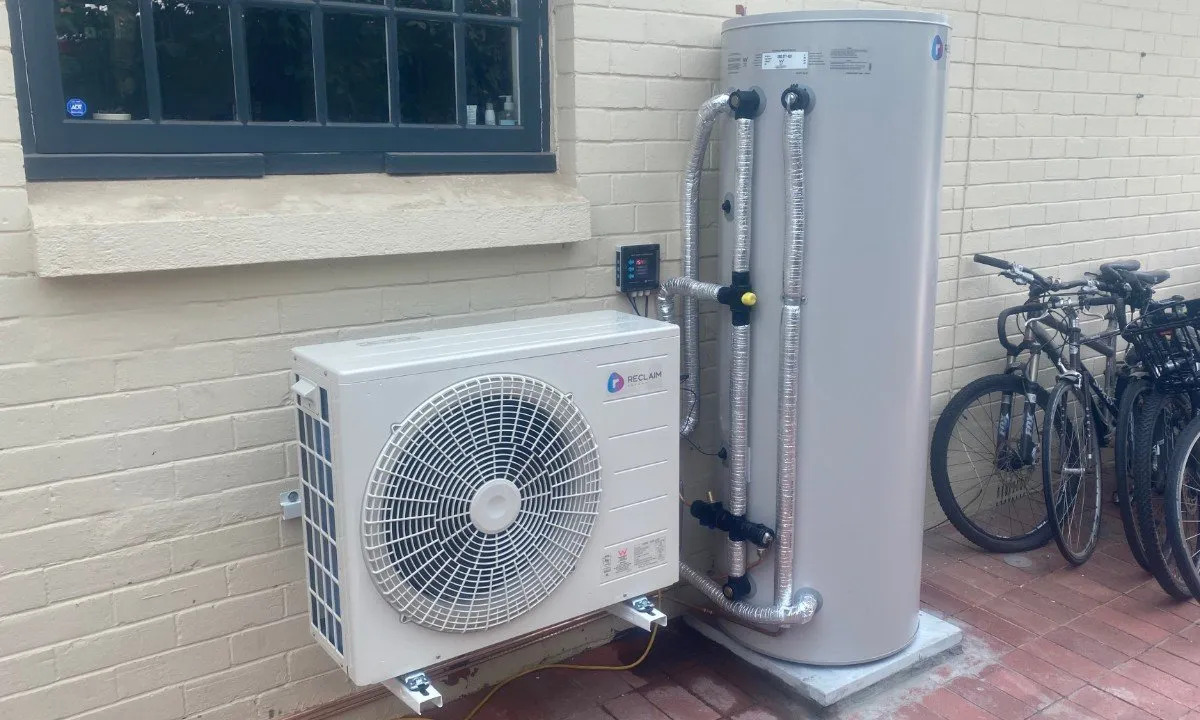
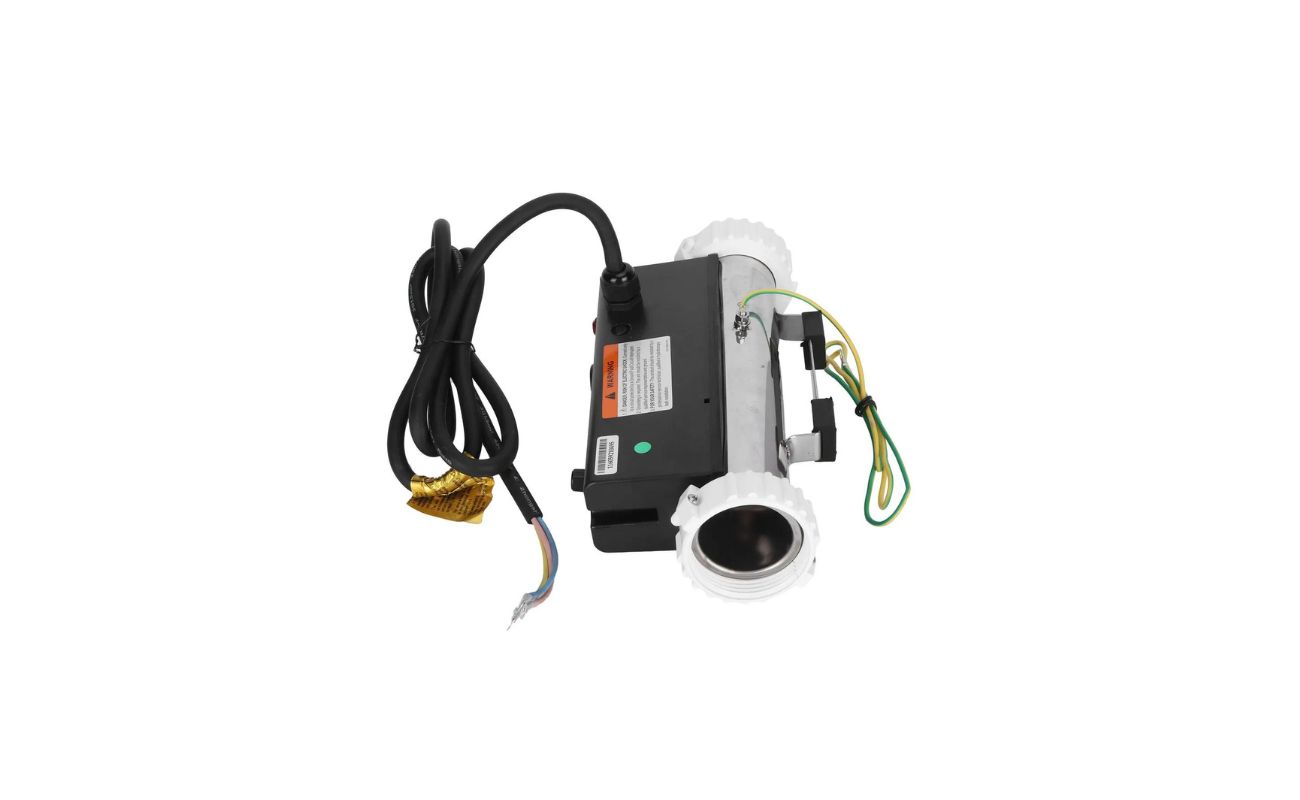
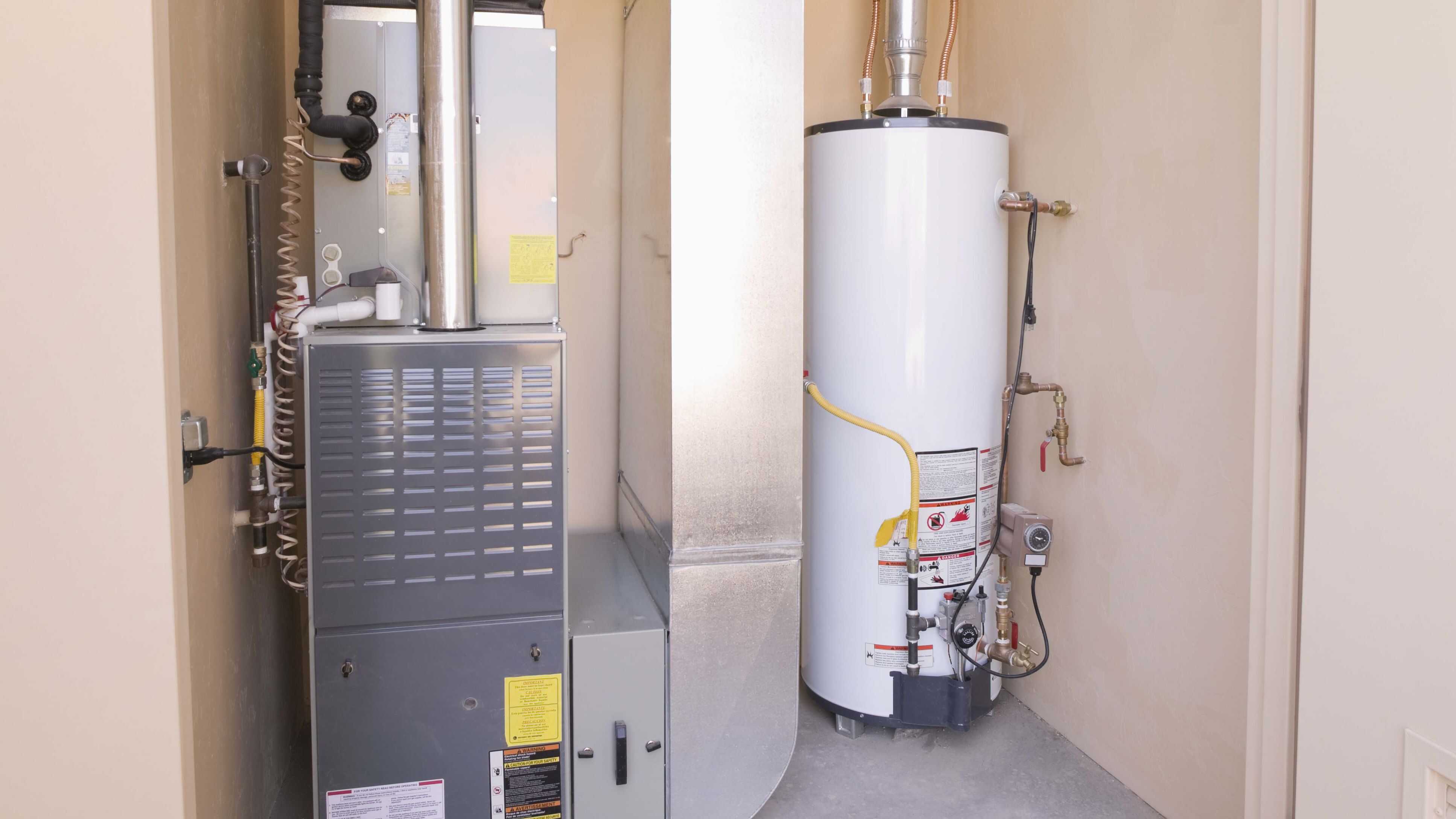
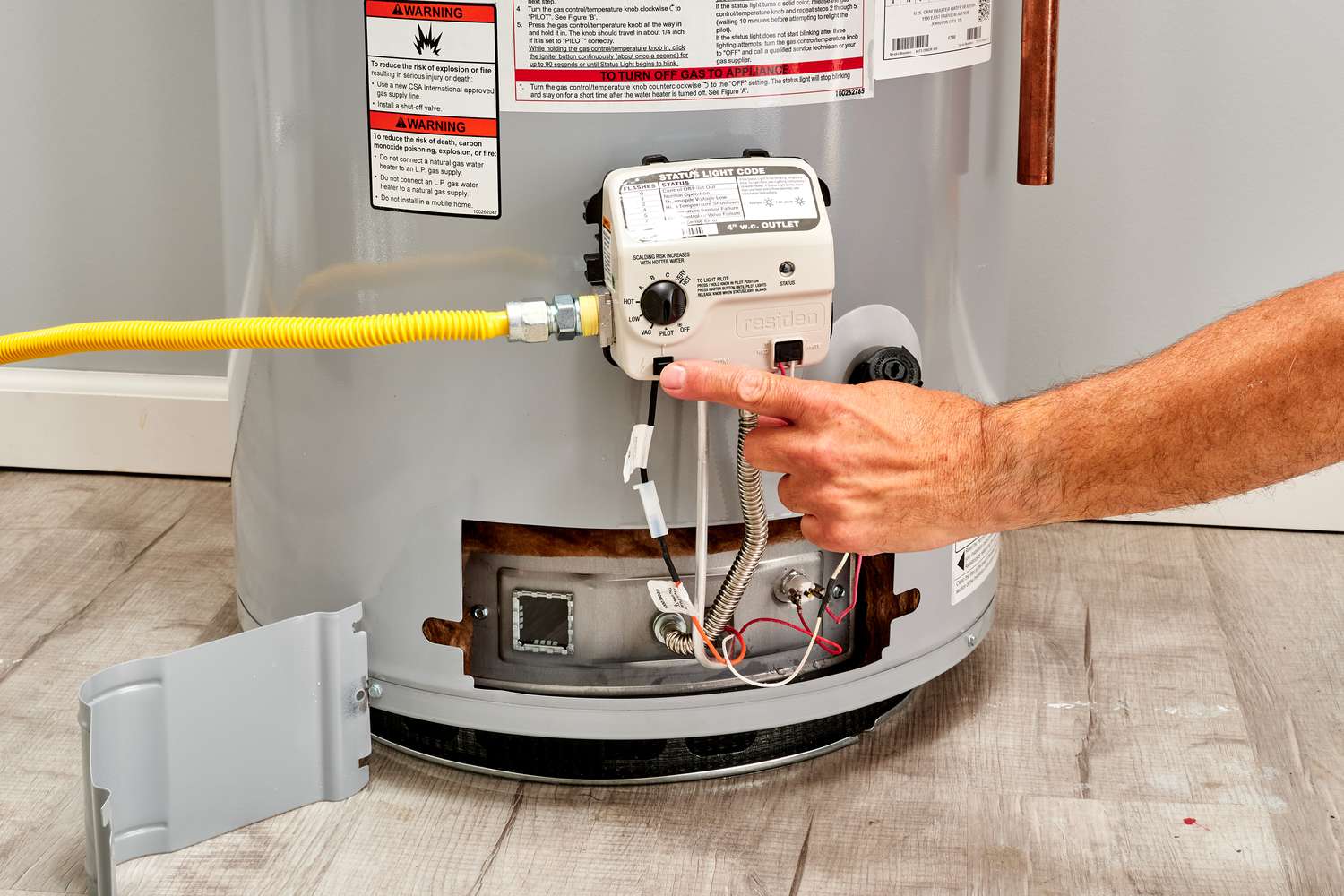
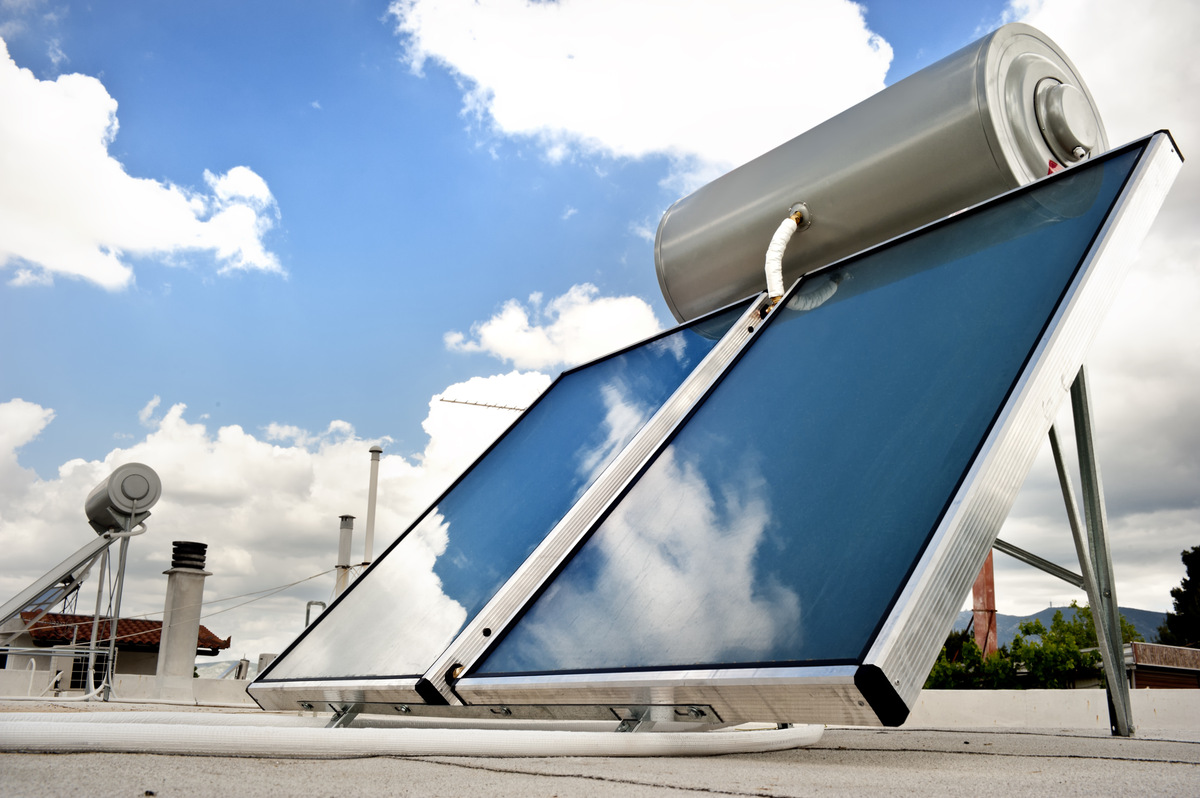
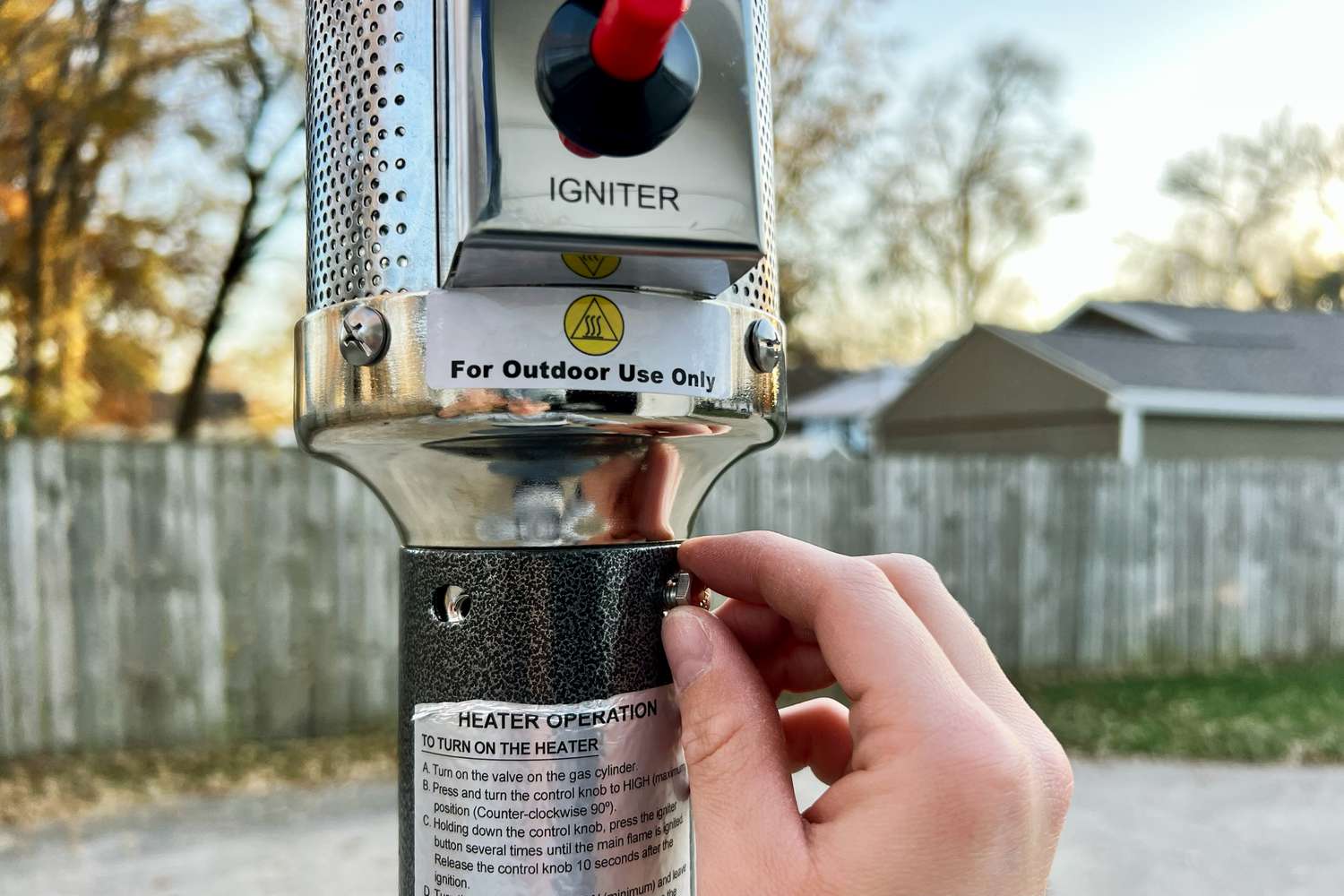
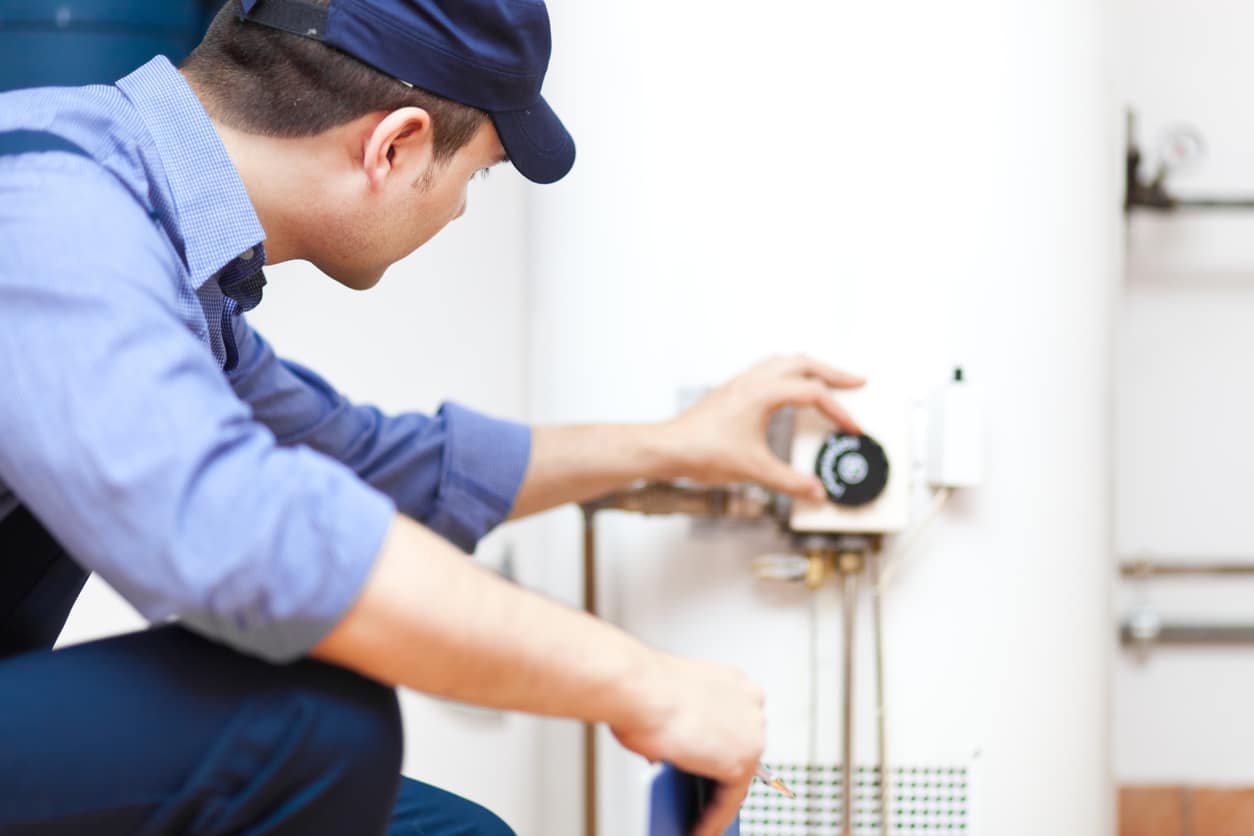
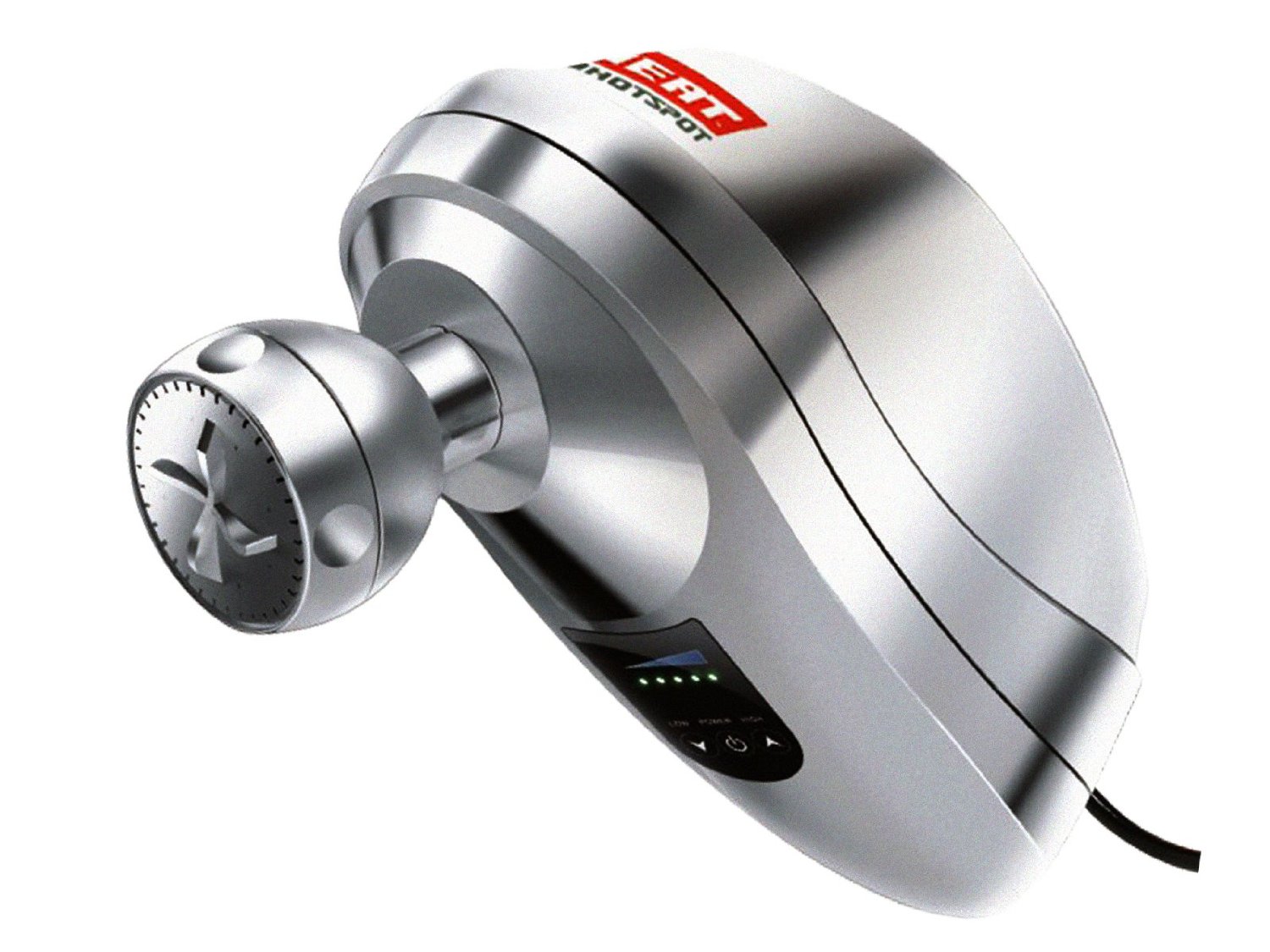
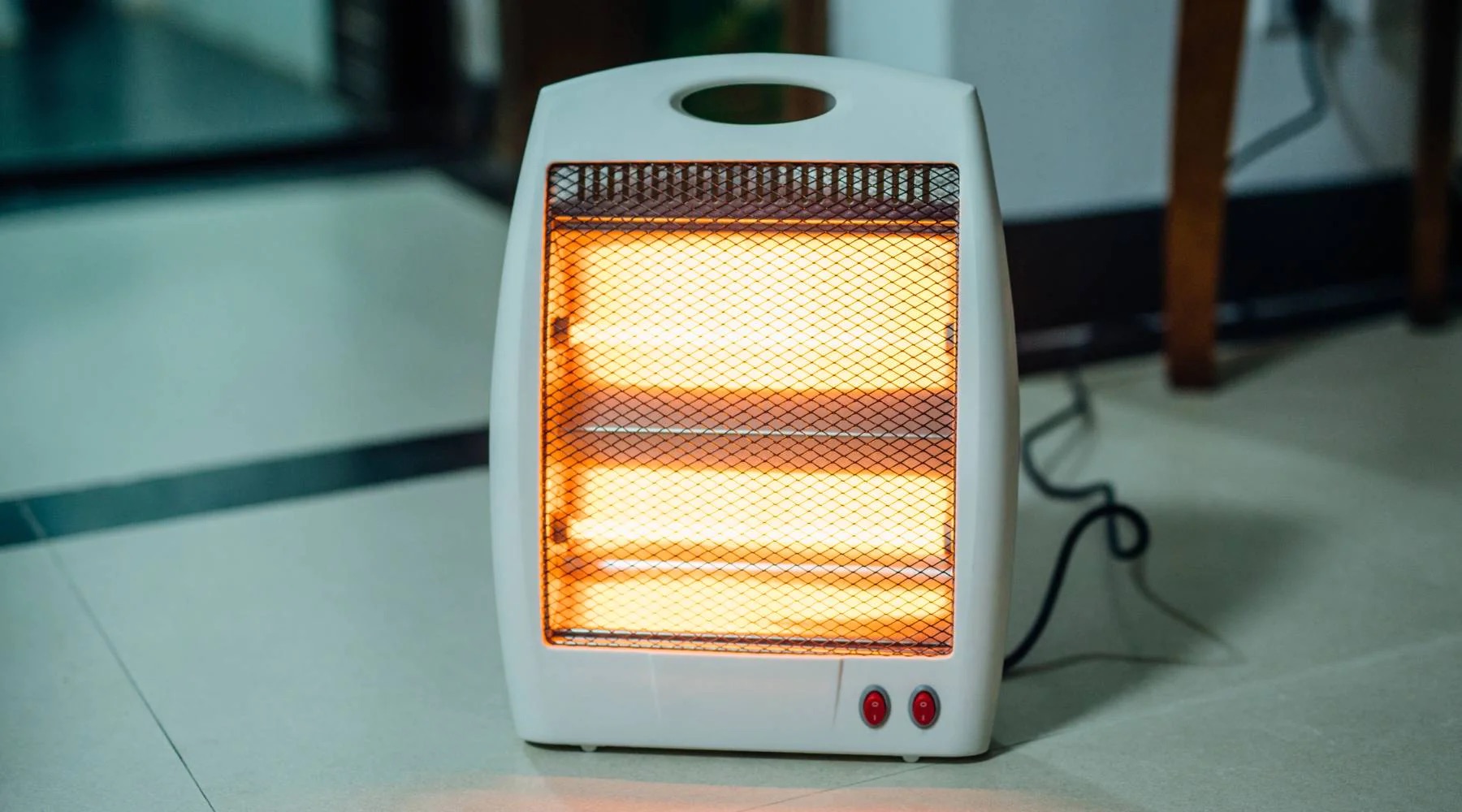
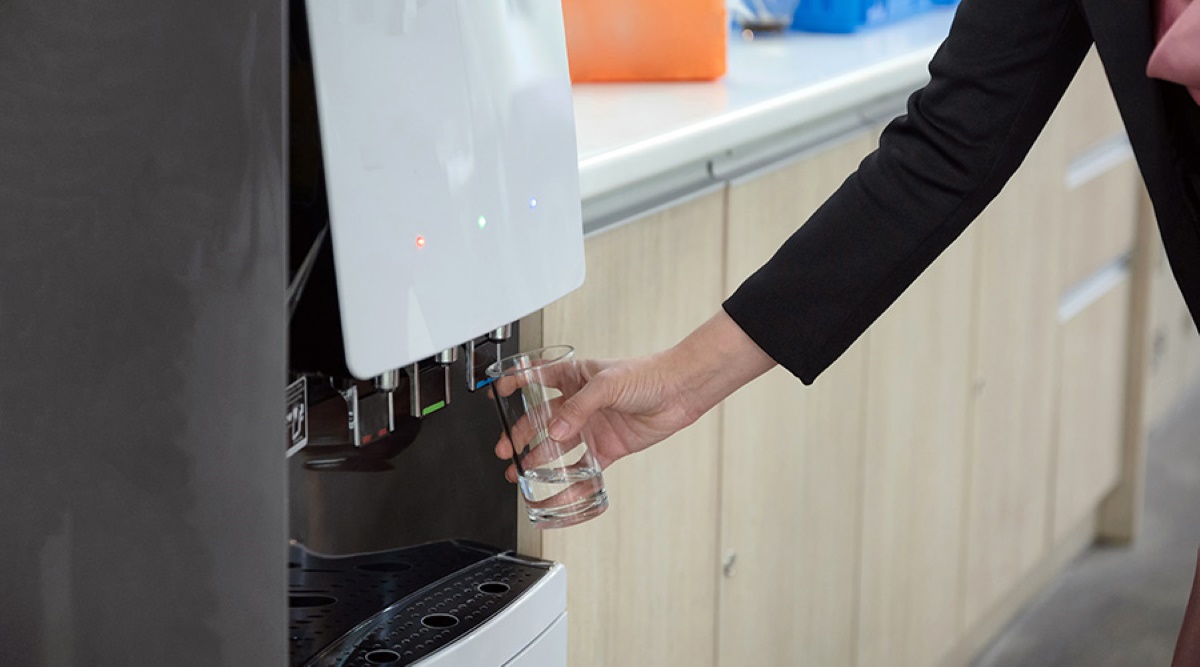

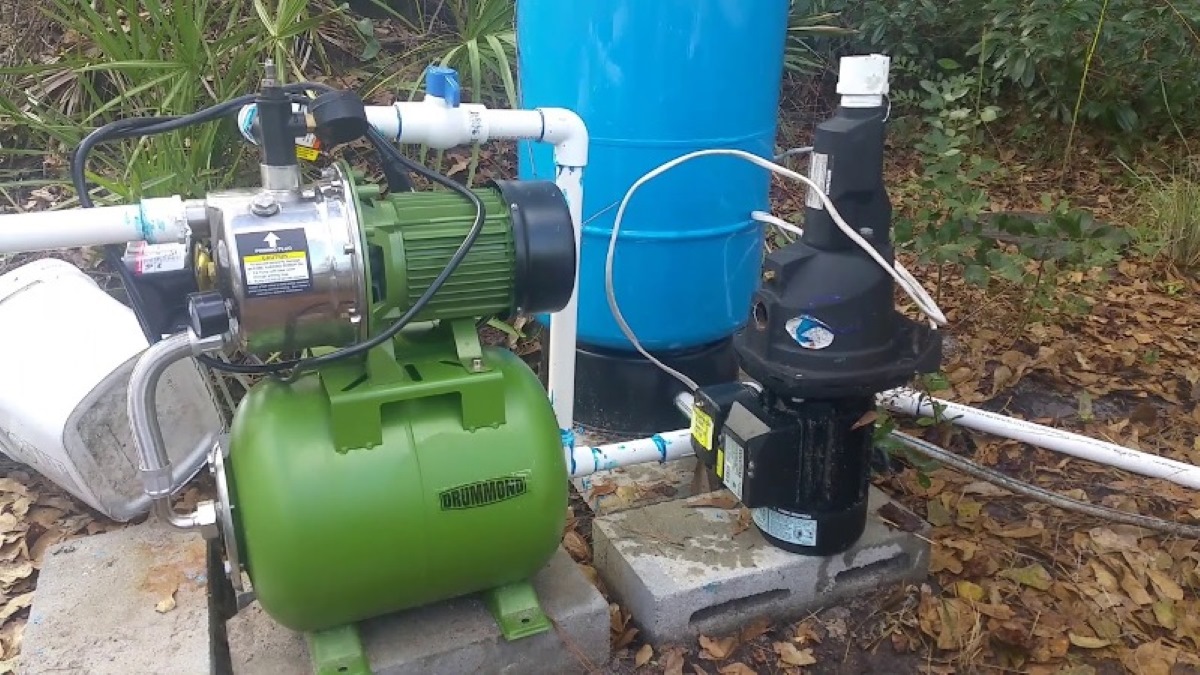
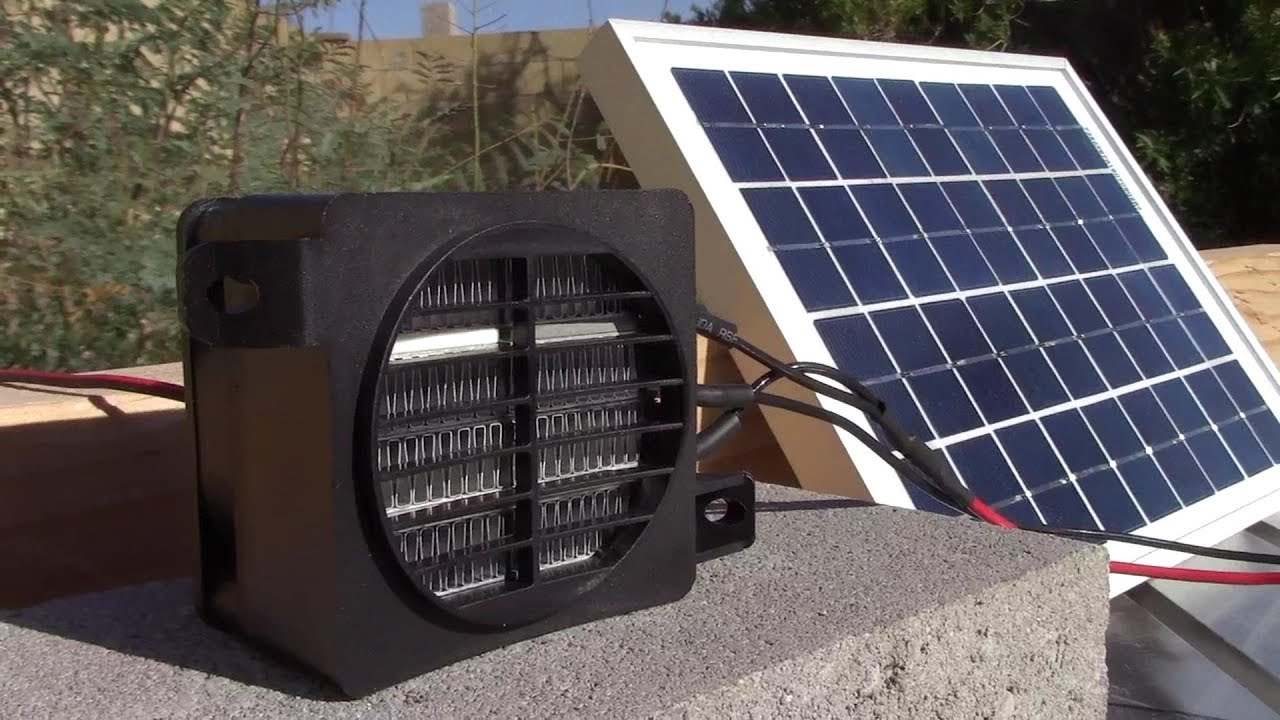

0 thoughts on “How Does A Solar Water Heater Work”